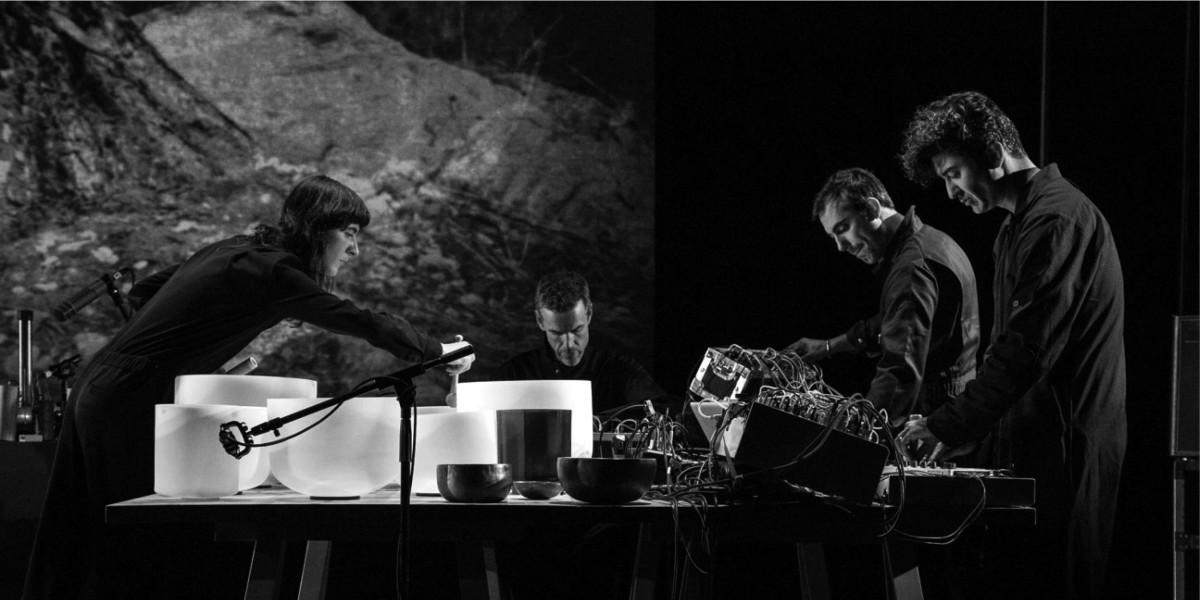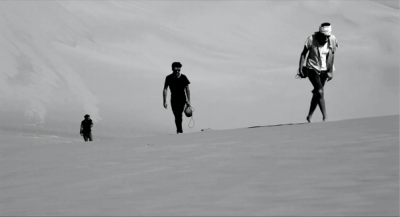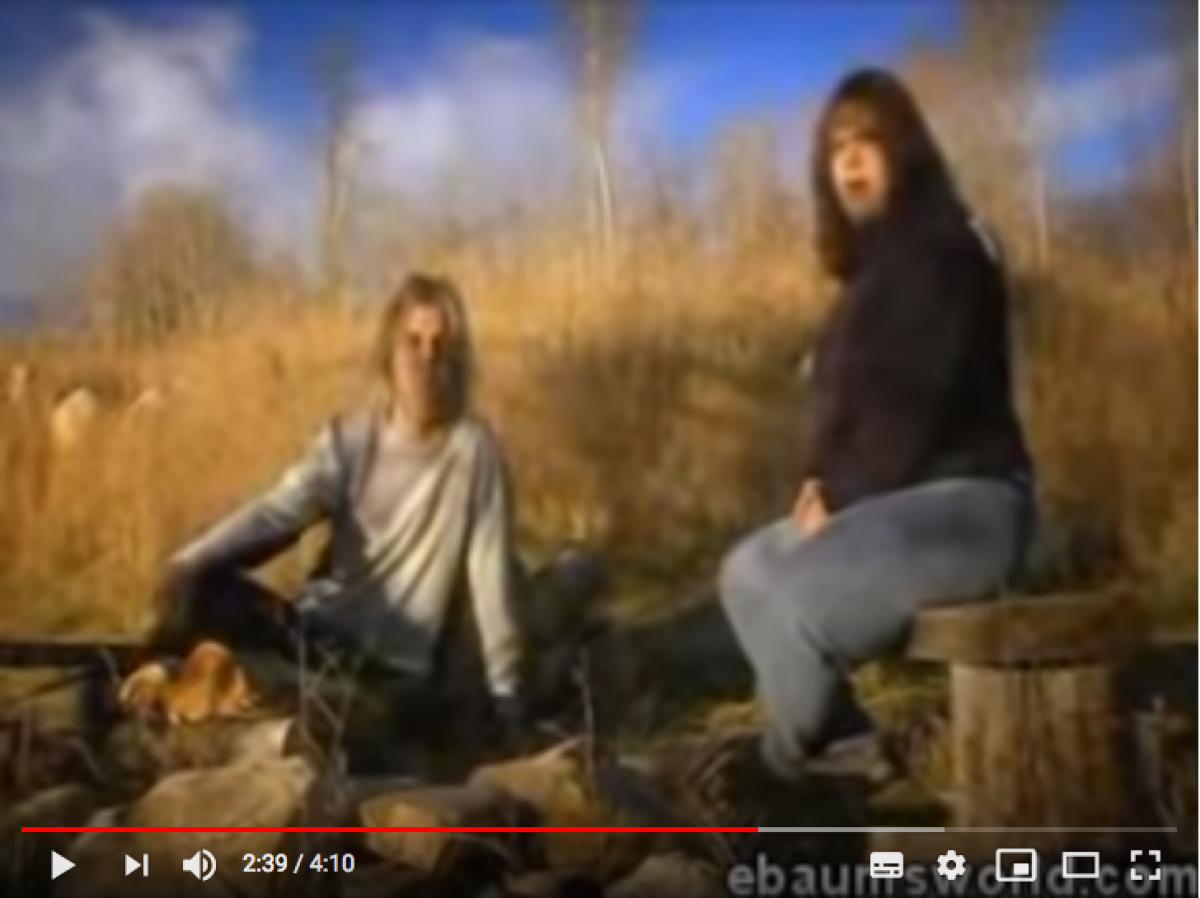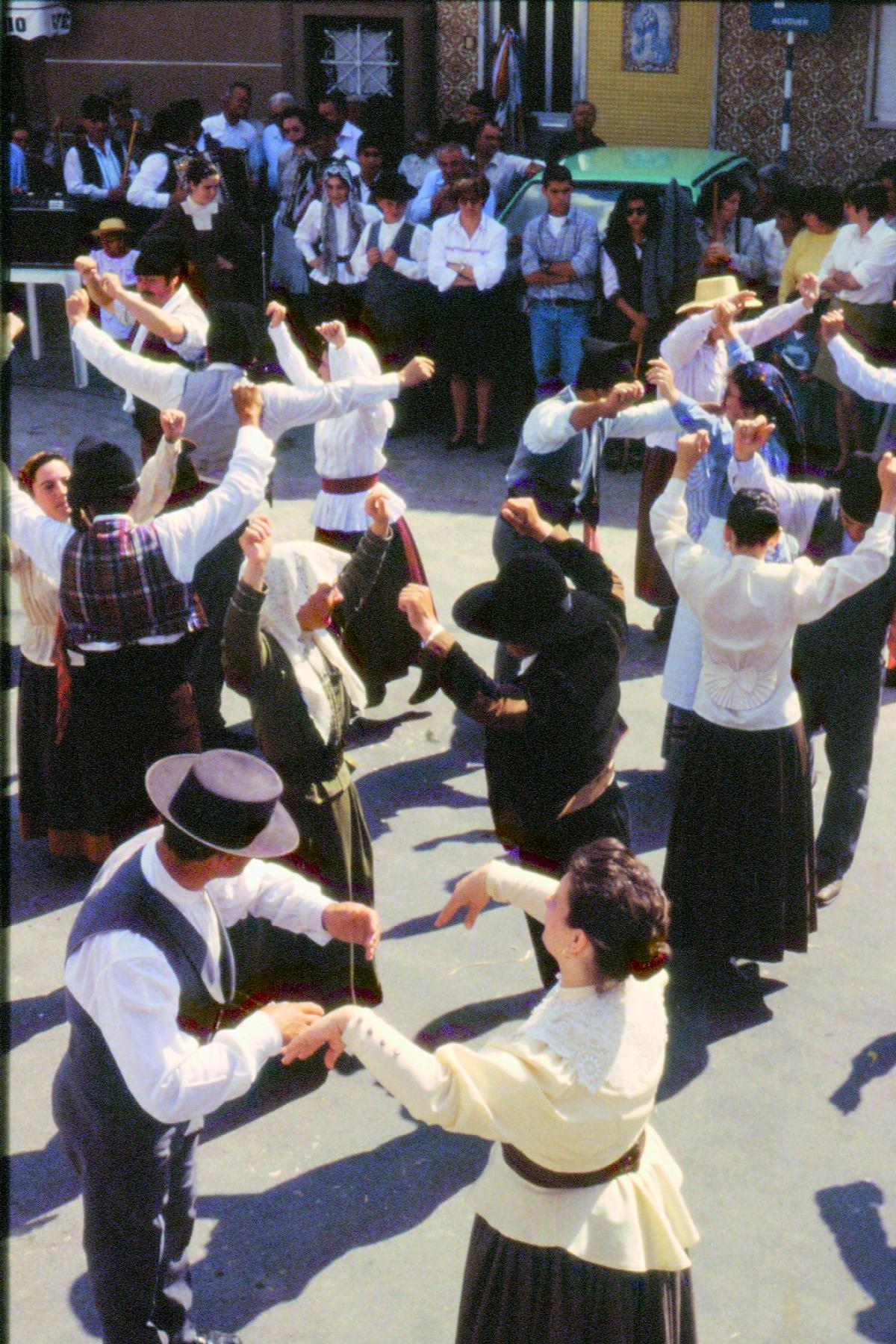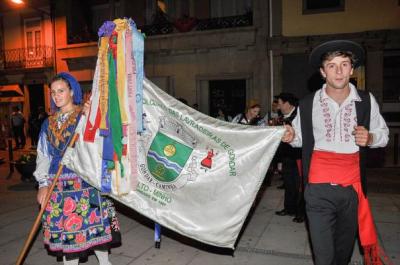When regimes change, culture changes too. But not always. After the 1974 revolution in Portugal, folklore music was still alive – and even more politicized as it caused tension within the different folklore groups. Ethnomusicologist Kimberly DaCosta Holton about the culture of the ranchos folclóricos. From the Norient book Seismographic Sounds (see and order here).
During the 1990s I conducted ethnographic research in Portugal. I wanted to understand how folklore performance survived the 1974 revolution. Even after fascism ended, folklore groups were still politicized. Post-revolutionary changes caused tension within folklore groups and their publics. I offer here a «behind the scenes» look into the pleasures, challenges and surprises an ethnographer encounters in the field.
Lost and Found Folklore: Side A
«They’re everywhere!» a friend exclaimed at the outset of my preliminary research trip to Portugal in the summer of 1993. «Saturday and Sunday afternoons, they’re always performing. Thousands of them, everywhere. Just ask anyone. Go to any public square, anywhere. You’ll find them.»
I was in search of ranchos folclóricos, groups of amateur musicians and dancers who performed late-nineteenth-century popular music for, reputedly, throngs of people. Intrigued by their apparent ubiquity, I went to the tourist office in Lisbon to obtain information and schedules. Much to my surprise, the woman at the front desk knew of no upcoming folklore performances in Lisbon or the surrounding areas.
«But are you sure there are no schedules? Ranchos folclóricos – don’t they perform everywhere?»
«Apparently not anywhere near here», she snipped, handing me a brochure for the Algarve’s resort beaches.
«But do you know who I could call? Where I might go to find out?» «Nope. Sorry», she said, returning to her paperwork.
The clerk’s seeming indifference to my inquiry regarding folklore performance was something to which I would soon become accustomed, not only from people in Lisbon’s tourist industry, but also academics, artists, bureaucrats, and other urban sophisticates. In addition to the fact that folklore is still associated with fascist merry-making, ranchos folclóricos are also viewed by some Lisbon erudites as «piroso» or «tacky», as one Lisbon teenager termed them. Slightly daunted, I continued my search. I was staying with friends in the Alfama, one of Lisbon’s oldest and most «popular» neighborhoods, and asked them about ranchos folclóricos. Upon mention of the topic, they threw their arms into the air, bent at the elbows and began twirling right, then left, then right, giggling uncontrollably. This parodic gesture represented what they considered to be the proto-typical folklore movement.
«Haven’t you seen them? Those rancho performers downstairs?» My friend asked, trying to suppress a smile.
«Where?»
«Right downstairs, under our window. Haven’t you heard them? The accordions and stuff. They’re always rehearsing.» One friend began the arm gesture again but the other grabbed his elbow and cut him off before the twirl.
«You mean in this building?»
«I don’t know. Go down to the street. Ask around. They’re right around here. Everyone must hear them.»
I couldn’t believe my luck! A rancho folclórico right here in my own back yard! I began asking people in the corner café, the bus stop, the gift shop, the Laundromat. Everyone had heard their music, or had seen them on the street in costume, but no one could produce an address. Certainly they’re not in the telephone book, I thought, somewhat embarrassed it had come to this. I took the telephone book over to the waiter and asked what he would look under if he were trying to locate a rancho. The café patrons who had witnessed my inquiry chuckled. Potential solutions to my problem, however, were soon forthcoming. People gave me names of cousins, butchers, violin makers. They suggested I contact the local gym, the embassy, the Secretary of Culture. I took down all their suggestions on paper napkins and prepared for a fresh assault.
Just then, an older woman motioned me over to explain ranchos’ system of institutional affiliation. She told me that Ranchos are often formed in conjunction with associations: recreational associations, cultural centers, churches, gyms, employee groups in banks, insurance companies, even TransAir Portugal has a rancho. The most certain way to locate ranchos in Lisbon is to call a casa do concelho (literally «county house»), she advised. Casas do concelho serve recently-arrived Lisboans native to the same Portuguese county or province. These casas often sponsor ranchos folclóricos so that rural migrants can maintain links with local tradition. I thanked the woman profusely for sharing her wisdom. Several days later I located the rancho who rehearsed just a few doors down from my friends’ apartment. The group was indeed affiliated with a casa do concelho from the northern province of Minho.
Once I became connected to the rancho scene in Lisbon and the surrounding areas, I realized how often rancho events in this region were promoted through word of mouth and during the performance itself by way of the Marcha de Entrada, strategically choreographed throughout residential streets and public squares. In this way, it made sense that, initially, ranchos had been mysteriously elusive, inaccessible, almost invisible. My first experience searching for ranchos folclóricos – that were at once everywhere and nowhere – introduced me to several of the themes which would become pivotal to my analysis of Portuguese revivalist folklore throughout ten subsequent years of research.
Revivalist folklore is indeed ubiquitous in that it is Portugal’s most popular form of expressive culture; it is widely performed throughout every Portuguese province and in countless Portuguese emigrant communities around the globe; and hundreds of thousands of spectators attend rancho performances every year. At the same time, however, revivalist folklore performance is also inflected by a charged political history and lingering class-based tensions which contribute to folklore’s «invisibility» within certain social and geographical contexts. Folklore is also linked to migration and the identity-building projects. Whether among rural migrants in Lisbon, or Portuguese-Americans in New Jersey, folklore performance constitutes an essential tool for ensuring cultural reproduction and bolstering regional or ethnic solidarity within alien territory.
Given what I later learned of the complexities of revivalist folklore performance, it is not surprising that the clerk in Lisbon’s national tourist office had no listings of folklore performances. Revivalist folklore has been excluded from many of Lisbon’s «official» festivals of the late 20th century. Upon entering the European Economic Community in 1986, Portugal engaged in an aggressive campaign of image overhaul. Ranchos folclóricos, viewed by the cultural elite as an embarrassing holdover from the fascist Estado Novo regime (1926-1974), were to be excluded from many international festival programs. Instead of being harnessed to the national departments of tourism, propaganda, and culture, as was the case under fascism, revivalist folklore now draws its performers, sponsors, publics and publicity from an alternative sphere. As post-1974 Portugal has bowed out of the tasks of social engineering and cultural censorship, newly invigorated spheres of folklore research, performance and sponsorship have emerged. Portuguese folklore performance has become both reentrenched in localized community-building projects and, at the same time, operative within expansive networks of Portuguese migrants around the globe.
A Lost Spy
As I reflect back on my period of fieldwork in the 1990s, I realize that Portuguese folklore performance, for me, was always oscillating between a state of being lost and of being found. In part, this was my own losing and finding of analytical meaning, as I tried out various hypotheses and then had to double back and revise – a process of discovery that was ever unfolding and evolving in fits and starts toward understanding. But also, during the years of my fieldwork, it seemed that ranchos folclóricos were losing and finding themselves, grappling with the end of the Estado Novo dictatorship and what that meant for the group’s performance practices and inter-personal relationships. Performers from the primary rancho I worked with, for example, realized in the late 1970s that a close friend of the group who disappeared after the 1974 revolution, was most likely a spy for PIDE, dictator António Salazar’s secret police. Even many years later rancho members spoke in hushed voices about the local spy, reviewing what he had heard and seen, and what might have been reported about their group. The spy was «lost» – a local who left in the middle of the night and was never heard from again – but the effects of his affiliation with the rancho were «found» during quiet discussions and a pieced-together review of the past. In this way rancho members grappled with the local residue of Estado Novo policies which had been unveiled after decades of secrecy.
In addition, after the revolution, many ranchos folclóricos answered a call to reform repertoire developed under fascism in order to erase «invented tradition» by using ethnographic fieldwork to ask older neighbors to teach ranchos the songs and dances of their youth. As a result, the rancho I worked with purposely «lost» or retired certain well-loved dances from its repertoire and «found» new ones thought to be more historically accurate. This reform process, ostensibly a purging of fascist spectacle, was met with resistance and sadness by some members of the group; the new muted costumes and slower, simpler dances were seen as a degradation or a «loss» by some. Lastly, this losing and finding also applied to changing social dynamics within folklore troupes themselves. Some performers from the rancho I worked with, for example, dropped out of the group due to conflicts regarding unisex dressing rooms and a short-lived experiment with female leadership. New post-revolutionary modes of sociability, changing gender roles, and a general liberalizing and loosening up of society played out on a micro level within ranchos folclóricos all over the country. All in all, researching lost and found folklore during a moment of small shifts and seismic upheavals made for an exciting journey toward understanding the role of expressive culture in the aftermath of political change.
Lost and Found Folklore: Side B
I try not to use a hot iron. See, just a little warmth to smooth it out a bit. These fabrics are so delicate, so old. I don’t want to damage them.
I see that. They’re beautiful. All that delicate lace. You don’t see that kind of detail these days, that’s for sure. Who donated that one?
This one? The shawl? I have no idea.
But isn’t that from the Ethnographic Museum?
Yeah.
But, aren’t there, ummm, labels and things?
Well, some items are labeled. But we got so many things all at once, that we kinda lost track of whose was whose. And then we didn’t want to guess and put the wrong label and have Mr. Silva come in to the museum and see that his grandmother’s skirt was labeled as Mr. Gomes’ grandmother’s skirt. See? So, we just kept some of them unlabeled.
Oh, wow, ok.
And sometimes, if it’s my turn to clean the museum, I take a few of the clothes home to wash them. And I wear them around the house a little.
Around your own house? Yeah. They’re so beautiful. And old. I try to feel what it was like to be someone way back when. And you know, Manuela wears one of the shirts to perform in. For her rancho costume.
She performs in antiques?
Yeah. She figures that if the Federation of Portuguese Folklore is so keen on history, what could be more authentic? Then performing in the real thing?
Oh my God.
Actually, Ana performs in a museum skirt too. And I think Fernanda might too.
Geez, this is bigger than I thought.
Look, they took away our striped skirts and our crochet stockings. We had to do something. To like the way we looked on stage. It’s a different kind of special now. Connecting to the past. Really, I guess, dressing up in the past. Feeling the past all around us.
